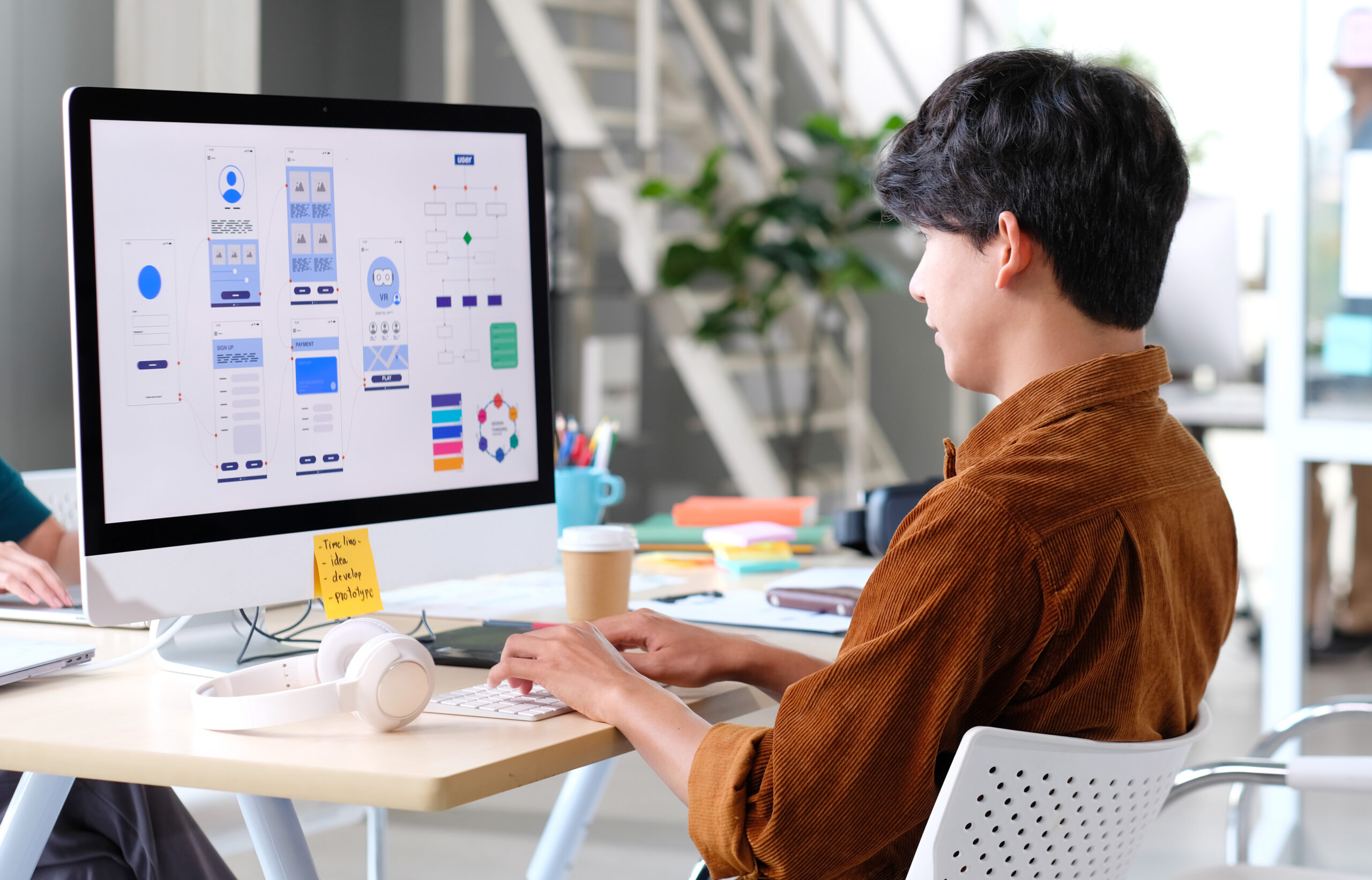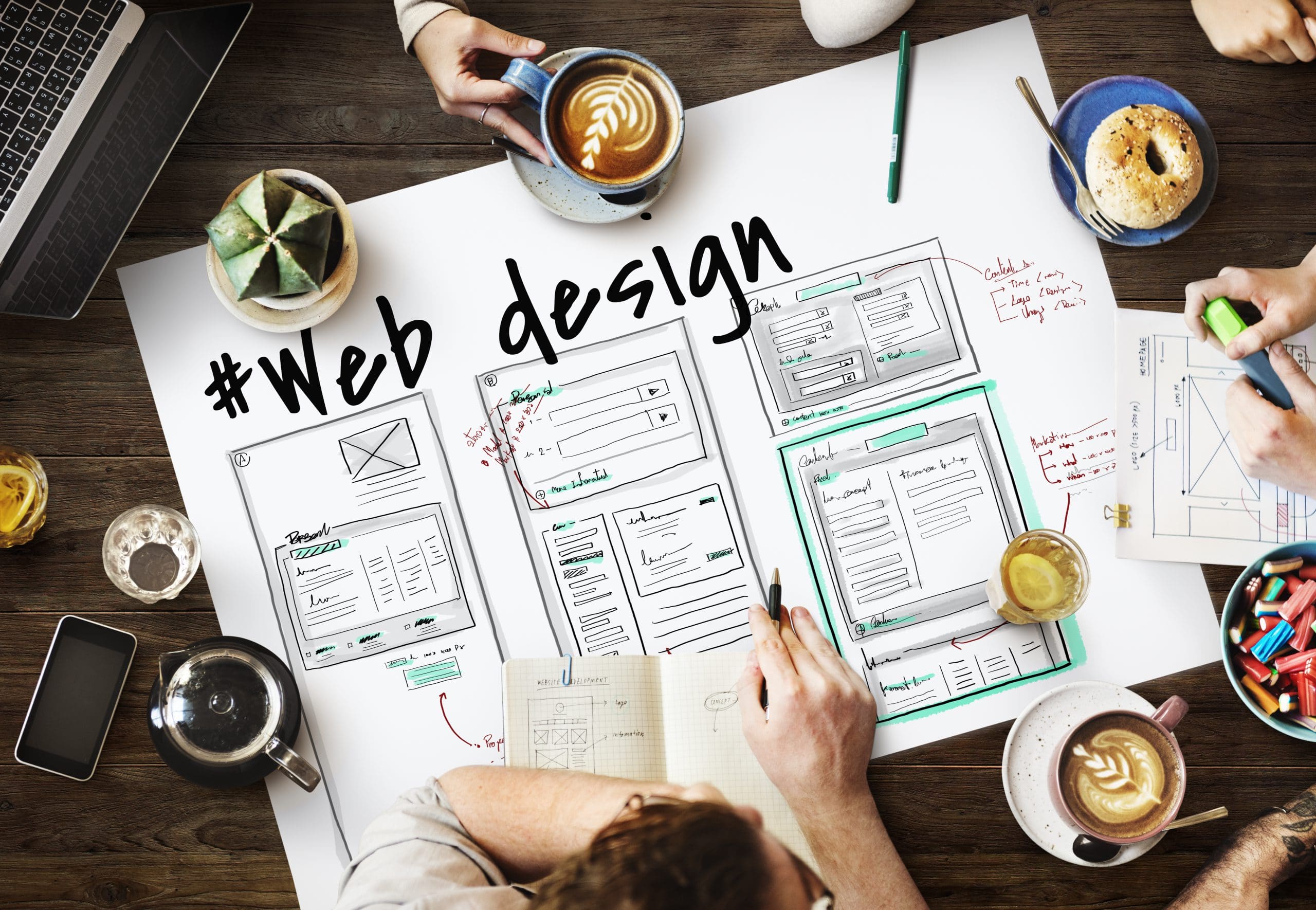Aligned Position Web Design: Stunning Websites Designed for Seamless User Experience
Aligned Position Web Design: Stunning Websites Designed for Seamless User Experience
Blog Article
The Finest Kinds Of Web Layout to Boost Customer Experience and Engagement
In the ever-evolving landscape of digital interaction, the performance of Web design considerably influences customer experience and interaction. Different layout strategies, such as minimal, receptive, and interactive layouts, each offer special benefits that can deal with diverse individual needs. Recognizing which kinds of Web style ideal serve these objectives can be critical for services aiming to boost consumer fulfillment and retention. The question stays: which design components truly reverberate with individuals and foster significant engagement? The expedition of these concepts exposes crucial insights that might redefine your technique to website design.
Minimalist Web Style
As electronic landscapes come to be increasingly cluttered, minimalist website design has arised as a powerful technique to boosting user experience. This design approach focuses on simplicity, concentrating on vital elements while removing unneeded distractions. By using enough white room, straightforward navigating, and a restricted color palette, minimalist layout fosters quality and guides individual focus to key content.
The core principle of minimalist Web layout is to produce a seamless communication for users. By lowering cognitive tons, customers can promptly comprehend details without feeling overwhelmed. This straight approach not just boosts usability yet also motivates engagement, as site visitors are most likely to explore a website that is simple and aesthetically appealing to browse.
Furthermore, minimal layout frequently stresses typography and imagery, using these elements purposefully to convey messages successfully. In significance, minimalist Web style is not just a fad; it is a thoughtful approach that acknowledges the significance of user-centered style.
Responsive Web Layout
In today's varied electronic atmosphere, receptive Web layout has ended up being vital for producing a seamless user experience throughout a multitude of gadgets. As customers accessibility web sites on smart devices, laptop computers, tablet computers, and desktops, the capacity of a web site to adjust its design and content to various screen sizes and resolutions is vital.
Receptive Web design utilizes versatile grids, photos, and CSS media inquiries to guarantee that Web material is offered ideally, despite the tool made use of. This method not just boosts the aesthetic charm of a website however additionally substantially enhances functionality. Individuals are more probable to engage with a site that supplies a consistent experience, as it removes the frustration of needing to focus or scroll excessively.
By adopting receptive design, businesses can enhance their presence and reach a more comprehensive audience. In summary, receptive Web style is a basic method that enhances user experience, engagement, and total contentment.
Interactive Web Style
Responsive website design prepares for improving customer experience, however interactive website design takes this a step better by engaging customers in an extra vibrant method - Aligned Position Web Design. By including aspects such as animations, clickable prototypes, and real-time responses, interactive Web style astounds customers, attracting them into a richer surfing experience
This method not only cultivates engagement but likewise encourages customers to discover material proactively as opposed to passively eating it. Strategies such as gamification, where users gain incentives for completing jobs, can dramatically boost the moment invested on a site and boost total contentment. Interactive attributes can simplify complex details, making it much more digestible and satisfying.

Integrating interactive layout components can likewise bring about greater conversion prices, as individuals are much more likely to involve with a site that actively entails them. Aligned Position Web Design. Eventually, interactive Web layout changes customer experiences right into memorable trips, ensuring that visitors return time after time
Flat Style
Characterized by its minimalistic technique, level layout emphasizes simpleness and performance, stripping away unnecessary components and concentrating on important functions. This design viewpoint focuses on functionality, making sure that users can browse user interfaces easily and effectiveness. By using a tidy visual, flat design eliminates the clutter often discovered in extra ornate designs, consequently enhancing user emphasis on material and performance.
The hallmark of level design hinges on its usage of vibrant shades, basic typography, and geometric shapes. These aspects add to an aesthetically attractive interface that is both contemporary and friendly. In addition, flat style cultivates a sense of clarity, enabling users to discern essential activities and info without diversion.
Additionally, level layout is specifically efficient in responsive website design, as its simpleness converts well across different tools and display dimensions. The lack of intricate appearances and slopes minimizes packing times, which is important for keeping customer interaction. As electronic landscapes proceed to develop, flat layout remains an appropriate option for developing straightforward internet sites that improve total experience. By focusing on vital functions, level style not just fulfills user demands however additionally encourages smooth communication, making it a crucial component of effective Web design techniques.
Flexible Web Style
Flexible Web style customizes the user experience by creating numerous taken care of layouts customized to different display dimensions and devices. Unlike receptive you could try this out style, which fluidly adjusts a single layout, flexible style uses distinct layouts for details breakpoints, making sure ideal discussion on various platforms. This technique enables designers to focus on the distinct attributes of each gadget, enhancing use by supplying precisely what individuals require based upon their context.
One of the main benefits of flexible website design is its ability to enhance tons times and performance. By offering tailored web his response content and images that fit the user's tool, web sites can decrease data use and boost loading speeds. This is particularly helpful for individuals with slower links or minimal information strategies.

Additionally, adaptive layout facilitates a much more regulated and constant branding experience. Because designers produce several formats, they can guarantee that the aesthetic elements line up with the brand name's identity across various systems - Aligned Position Web Design. This results in a natural user experience, boosting involvement and promoting user retention
Verdict
Finally, the combination of minimal, responsive, and interactive website design principles substantially enhances individual experience and involvement. Minimal design promotes quality and focus, while responsive design guarantees flexibility across different gadgets, advertising ease of access. Interactive design astounds individuals with dynamic aspects, encouraging expedition and customization. Collectively, these layout approaches add to the development of easy to use settings that not just improve contentment but likewise drive greater conversion prices, underscoring their essential importance in contemporary Web layout strategies.

Minimal design promotes clarity and emphasis, while responsive style guarantees adaptability across numerous gadgets, advertising availability. Collectively, these design comes close to add to the development of straightforward atmospheres that not just improve contentment but likewise drive higher conversion rates, highlighting their essential importance in contemporary Web style methods.
Report this page